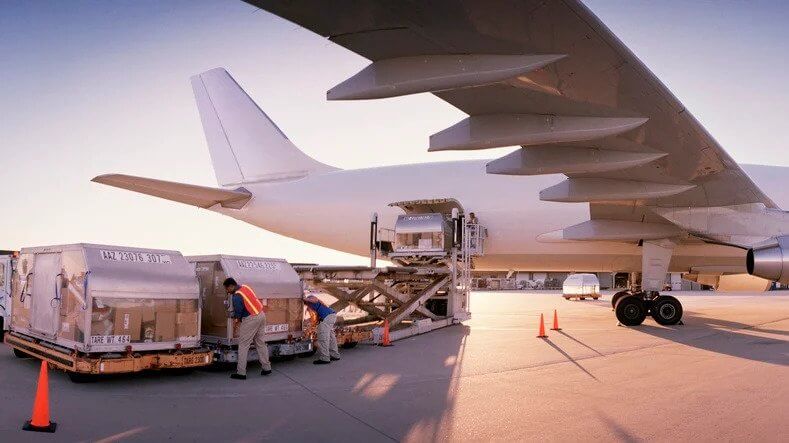We have several types of air cargo that we are going to talk about in this article, stay tuned until the end of the article.
What are the types of air cargo?
Cargo is divided into two categories based on its handling: general cargo and special cargo. Meanwhile, cargo is classified as general cargo, special shipments, and dangerous cargo products based on the method of service and the type of product. The following are the cargo types:
1.General Cargo
General Cargo is a common shipment item that does not require special handling but must still meet the specified requirements and safety aspects. Household goods, office equipment, sports equipment, clothing (garments, textiles), and other items are examples of general cargo.
2.Special Cargo
Shipment items that require special handling are referred to as special cargo. This type of cargo can primarily be transported by air, but it must meet the requirements and special handling required by IATA regulations and/or the carrier.
3.Dangerous Goods
Dangerous goods are items that are hazardous to the environment, humans, or flight safety. Examples of dangerous goods include:
- Explosive goods (REX) are hazardous items that easily explode, such as gunpowder, bullets, firecrackers, and fireworks.
- Butane, Hydrogen, and Propane are examples of volatile gases.
- Flammable liquids (RFL) are flammable liquids such as certain paints, alcohols, and varnishes.
- Flammable Solids (RFS) are solid and flammable items such as matches. Oxidizing Substances (ROX) & Organic peroxide are volatile items that cause dizziness or drowsiness in humans if inhaled.
- Toxic (RPB) and infectious (RIS) goods contain poisons such as cyanide, pesticides, live viruses, living bacteria, and HIV viruses.
- When exposed to light, radioactive material (RFW) reacts and can be harmful to humans, animals, and certain types of cargo.
- Corrosives (RCM) are rust-containing substances such as battery acid and mercury.
- Miscellaneous Dangerous Goods (RMD) are other items that are considered dangerous and endanger aviation safety if transported by air, such as magnets, prickly heat, vehicles, electric wheelchairs, and so on.

Air Cargo
Advantages of air cargo
The speed of international air cargo, which is much faster than sea freight, is the most important pillar. Another advantage of this method is that it is relatively safe, resulting in less damage to goods and cargo. We recommend this method if you have a product that cannot be moved by sea shipping due to damage and loss. Although this method has many advantages, its high cost has deterred many people from using it. Sellers and buyers who are unconcerned about the speed of their transportation prefer not to pay a high price for air freight.
In addition to air transportation characteristics, we must consider the costs and value of the transported goods, as well as the size and volume of the goods. This method is also frequently used for time-sensitive emergencies and essential products.
Is air cargo cheap?
Air cargo is typically the quickest and most expensive mode of long-distance freight transport.
our service
One of the services offered by Dubaiexpresscargo Company is air freight. You can contact us to place your order and use the air freight service
